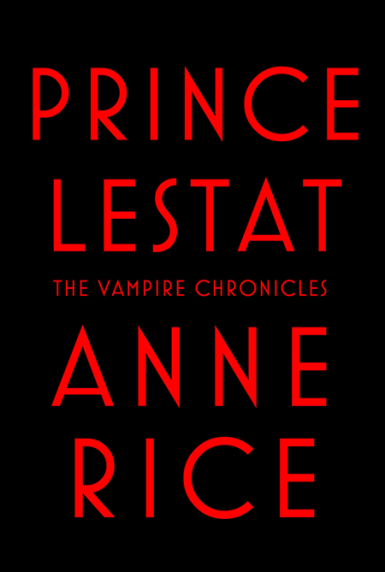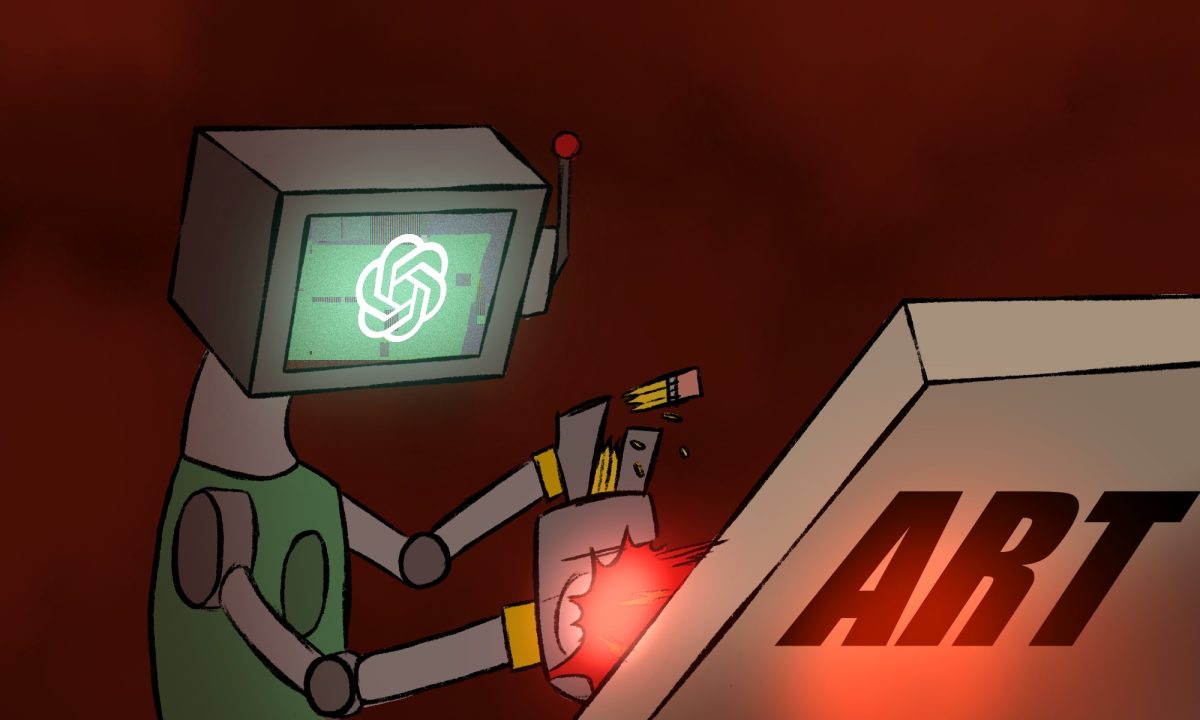
Since its release in October 2014, “Prince Lestat” has made waves in the literary world.
“Prince Lestat” is the 11th installment in Anne Rice’s the “Vampire Chronicles,” the first new volume in the series in nearly a decade.
“Prince Lestat” found its way onto The New York Times best-seller list for three weeks.
While the novel has not stirred up a firestorm of adoration from critics nor has anyone bought the rights to it for film adaptation, “Prince Lestat” is a gleeful reunion for fans of the “Vampire Chronicles.”
Rice began her writing career under the pseudonyms A.N. Roquelaure and Anne Rampling in the erotica genre. Raised in a strict Roman Catholic household, she eventually identified as agnostic. “The Vampire Chronicles” has clear influences of her upbringing.
She broke away from her horror-gothic genre writing in wake of her return to Catholicism. At this time, Rice published the novels “Christ the Lord: Out of Egypt” and “Christ the Lord: The Road to Cana,” which fictionalized events in Jesus’ life.
Several years after publishing her Christian fiction, Rice distanced herself from Christianity once more, which led to the publication of the new novel.
Plot
“Prince Lestat” returns to the wandering, downtrodden, aesthetic obsessed vampire hero Lestat de Lioncourt. The novel jumps from present day New York City, Los Angeles and San Francisco to ancient Egypt, fourth century Carthage, the jungles of Indonesia, Paris and London.
The vampire world is in peril as an unknown source labeled by Lestat as “the Voice” has been telling vampires to burn maverick vampires, raising ancient vampires from their slumber and causing havoc similar to Akasha in “Queen of the Damned.”

Lestat remembers his encounters with returning characters such as David Talbot, Marius, Louis, Armand and Mahrat, while introducing new characters through recollection.
Yet again, the vampire world turns to the 18th century aristocratic “brat prince” to save the vampire world from doom.
Criticism
The critics’ consensus is that “Prince Lestat” is almost an unnecessary installment. The story isn’t intrinsic to the plot of the “The Vampire Chronicles.”
This installment extends the drama of the vampire world, reveals information about the existing characters and introduces their connections to new vampires.
“Prince Lestat” is a confusing read. If you are not familiar with Rice’s vampire world, you’ll be lost. The content drives away new readers in a market where vampire and supernatural plots have a growing audience.
“Prince Lestat” is not for new readers; it’s a gift to Rice’s fans.
Themes
“Prince Lestat” examines the same subtext and themes, including homoerotic affections and relationships of previous “Vampire Chronicles” books.
Lestat’s ex-lover Louis returns as well as Louis’ ancient teacher and lover, Armand.
Two characters, Fareed and Seth, depict the relationship between what is called a “fledgling” and his “maker.” Seth, an ancient vampire, and Fareed, his young fledgling, have been seeking out Lestat.
An encounter with the three reveals vast differences between vampiric eroticism and human eroticism. These characters also introduce a science fiction element, new territory for Rice.
Fareed is a doctor and Seth was a healer in Egypt millennia ago. They have constructed a lab to perform vampire testing, hoping to learn more of the vampire biology.
Legacy
“The Vampire Chronicles” series has sold over 20 million copies. “Interview With a Vampire” and “The Queen of The Damned” were both made into films starring Tom Cruise, Brad Pitt, Kirsten Dunst and the late Aaliyah. Rumors persist that “The Vampire Lestat” will also be adapted for film.
— Compiled by Courtney Schwing
Categories:
A Book To Consider: Rice revives Lestat for 11th ‘Chronicle’
April 22, 2015

COURTESY RANDOM HOUSE
0







